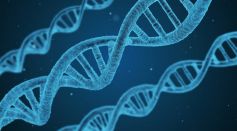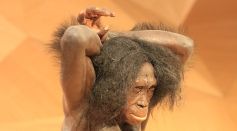Tags: Neanderthals

Neanderthal Teeth Serve as Evidence of Interbred Population

Neanderthal Gene Increases Risk of Severe COVID-19

Neanderthal Skeleton May Shed Light to How Cavemen Feel About the Dead

From Lucy to Lola: Human Evolution Has Gone A Long Way and So Is Our Understanding of Our Origins
Were Neanderthals Wiped Out by What We Now Consider Childhood Illnesses?
Neanderthals Shared Similar DNA with Woolly Mammoths
Some Neanderthals Might Have Turned to Cannibalism by the End of the Last Ice Age
Old But Gold: Neanderthals, Not Humans Were the First American Settlers, Reports Say
Neanderthals Appreciate Aestetics Too; They Transform Raven Bones Into Prehistoric Sculptures
Dental Analysis Of Fossil Says: Neanderthal People Used To Eat Wooly Rhinos And Take Prehistoric Aspirin
100,000-Year-Old Fossil of Human Skulls From China Reveals Complex Trend in Evolution
Most Popular

Say Goodbye to Dark Spots: The Science Behind Dark Spot Remover Creams

Persistent Coughs Are Everywhere: Here's What Experts Think Is Causing It

Ancient Hotspot Found to Have Created Great Lakes 300 Million Years Ago

Mysterious Structures Discovered Beneath the Pacific Ocean, Puzzle Scientists




